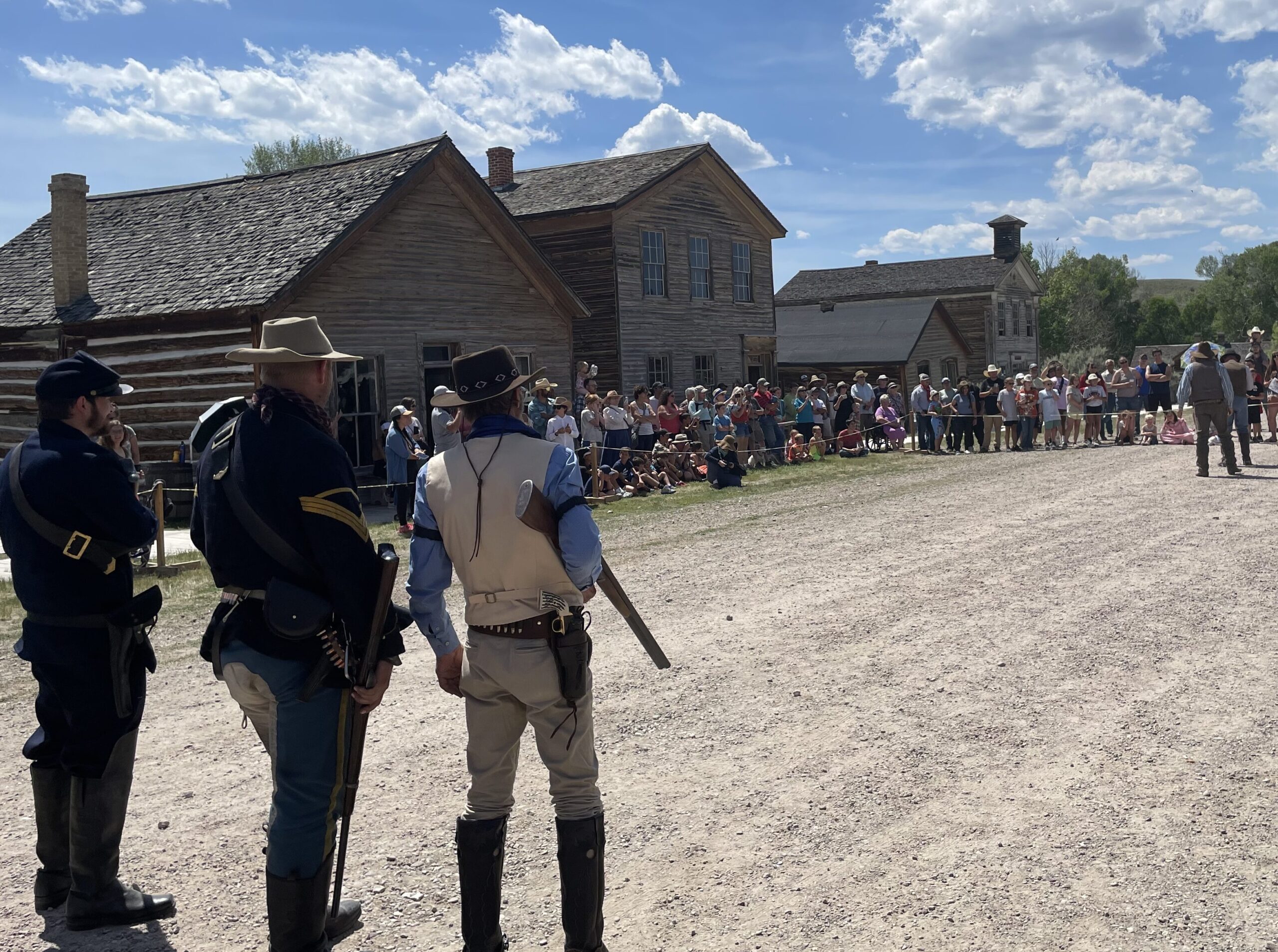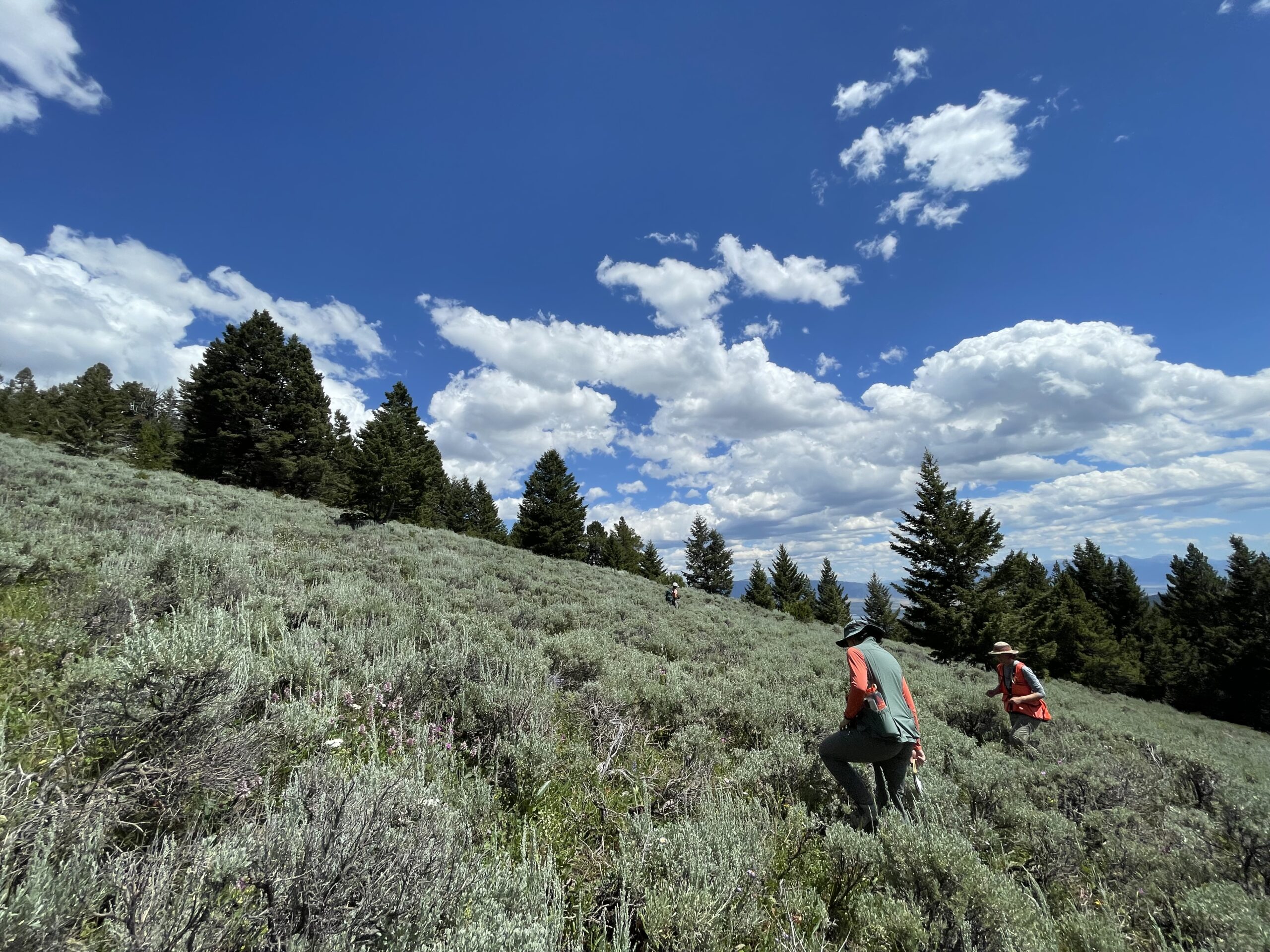
I spent this month working on seed collection and surveying penstemon, white bark pine, and pollinators. All of these missions required our team to conquer rough terrain going up steep grades of elevation. We had a rough first week after the 4th of July, where we seemed to run into roadblocks along every step of our long commutes. We were turned away by downed trees, flooded roads and even getting stuck in the mud. After this week our luck seemed to shift, and we began stringing together some extremely productive days catching bees and counting penstemon. We hosted a “botany blitz” where we welcomed volunteers, youth crews and other forest service teams to help us count and categorize Lemhi Penstemon.
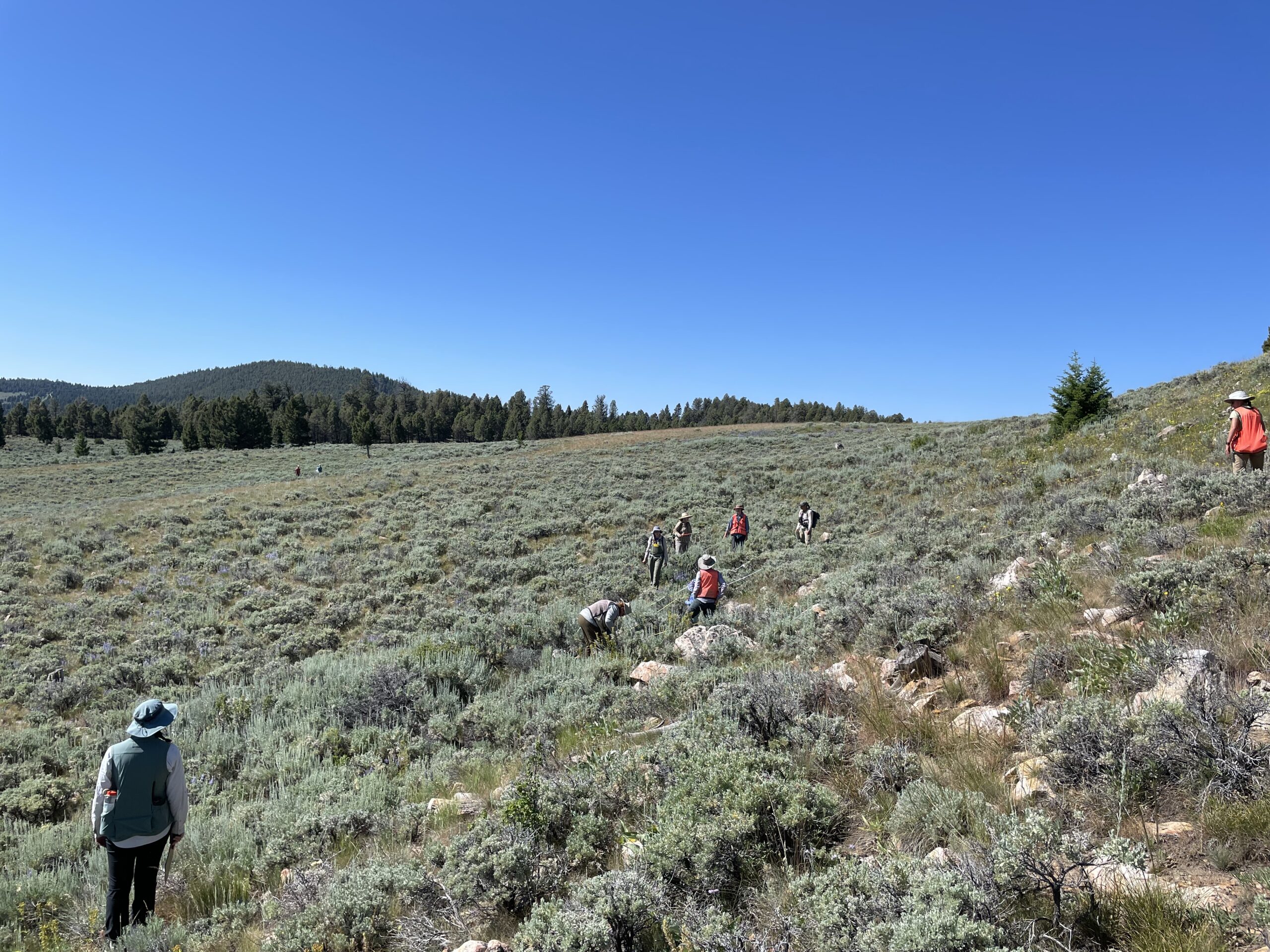
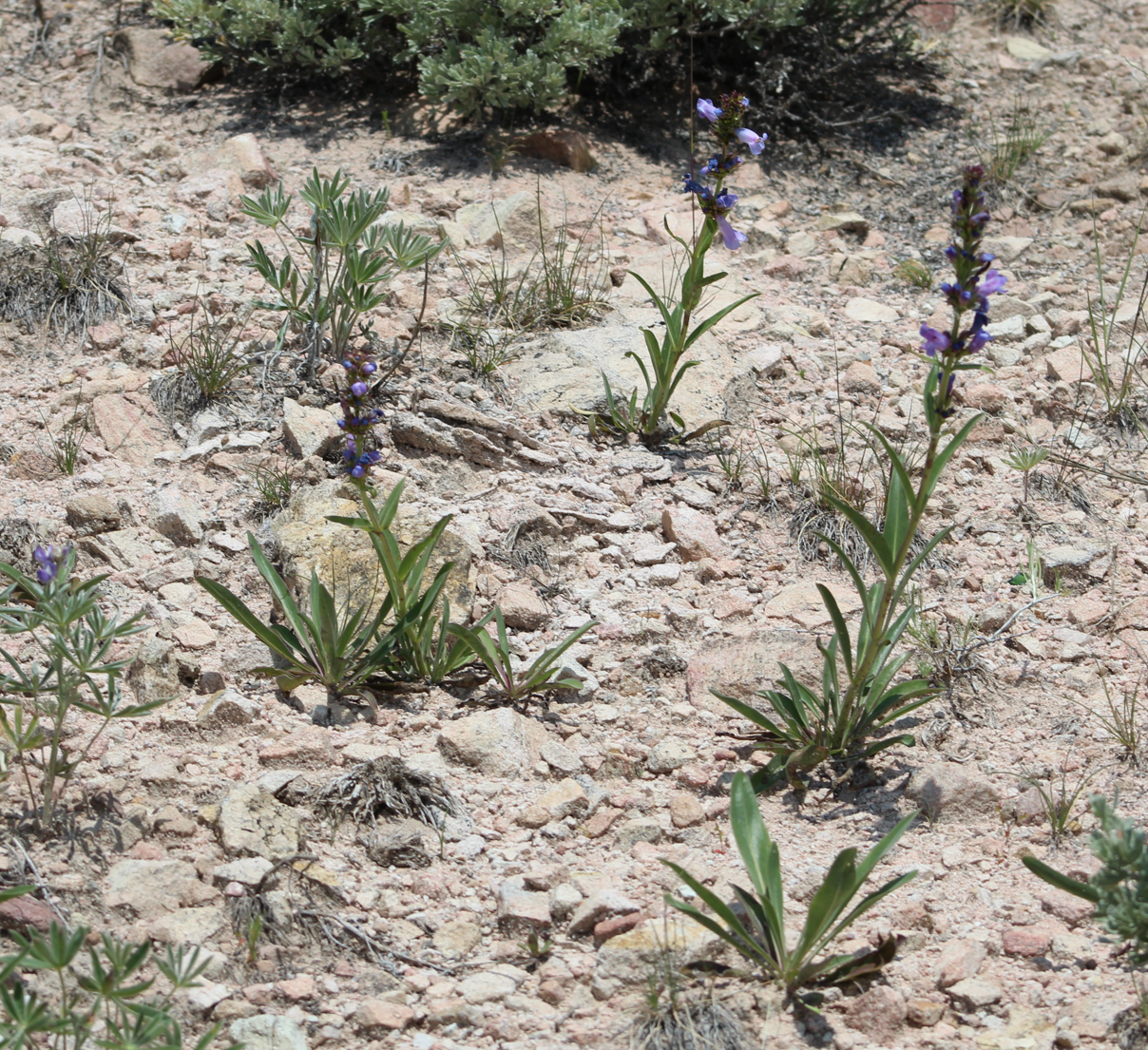
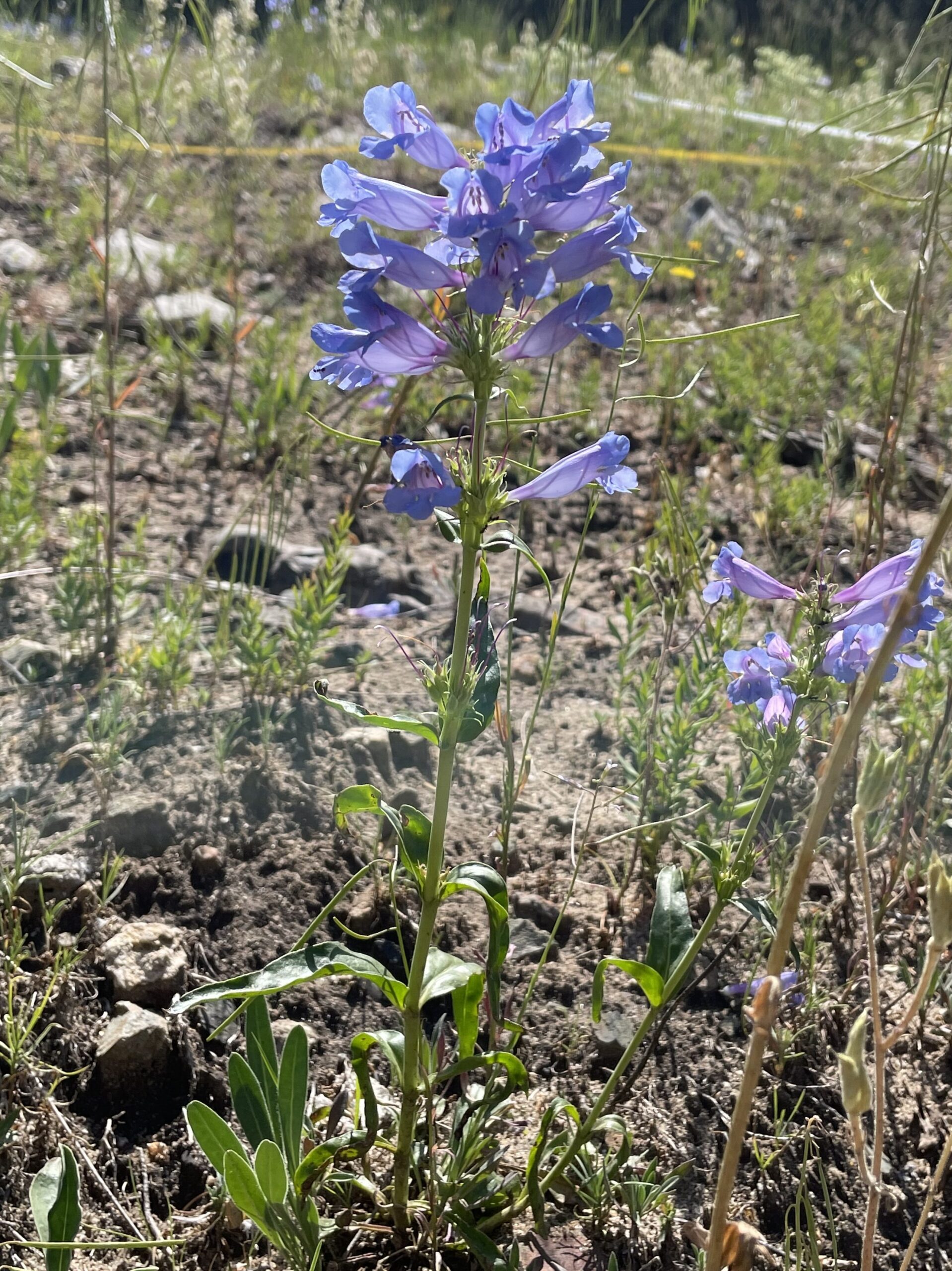
We are always looking for diverse meadow settings for potential seed collection sites, but also for pollinator collection sites. Specifically, we are on the lookout for penstemon wasps and western bumble bees. Though we didn’t find any of these species this month, we collected a beautiful variety of pollinators!
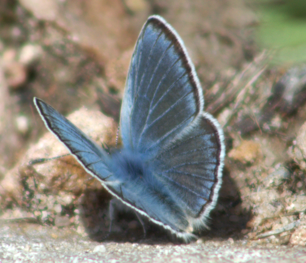


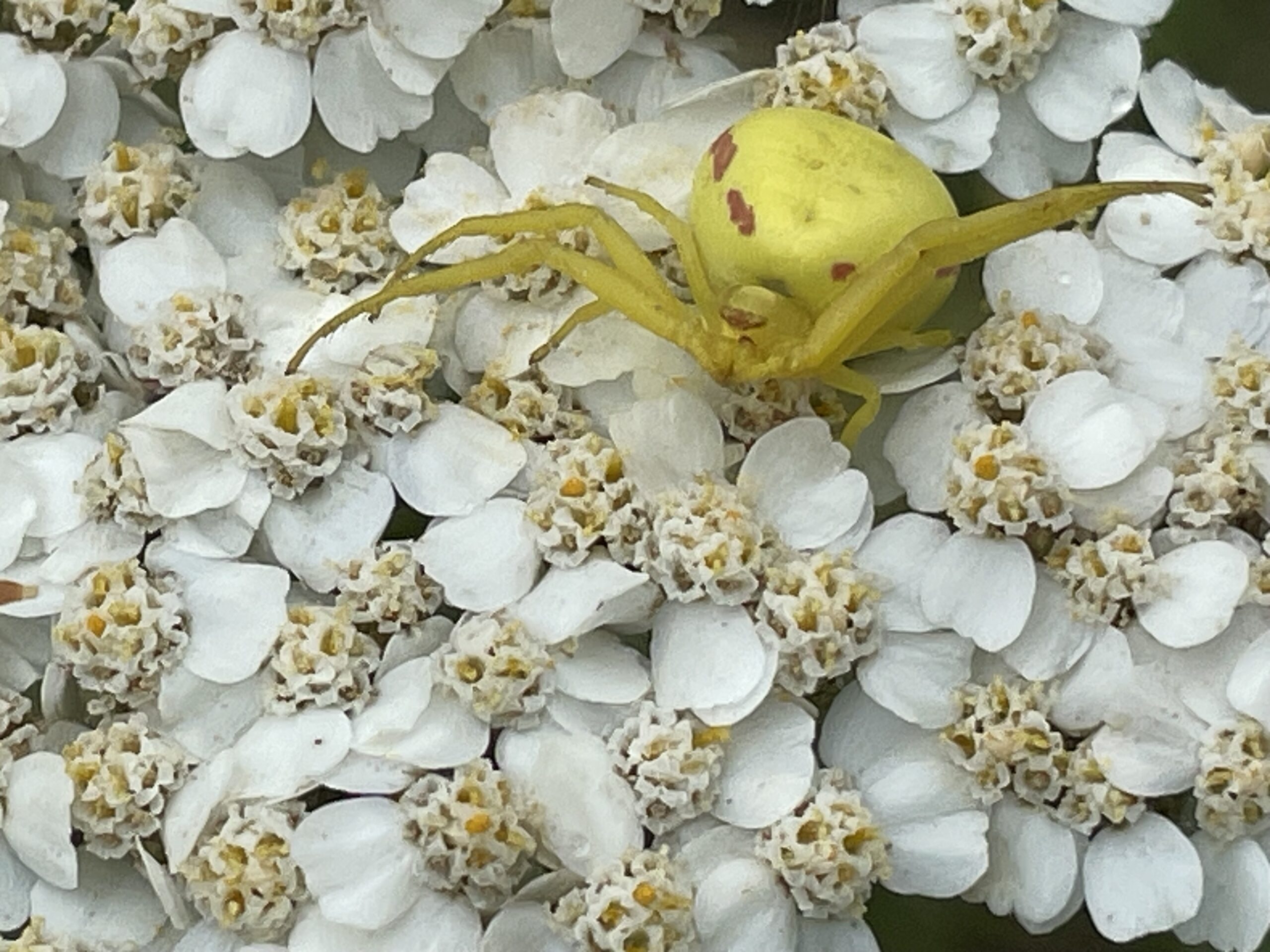
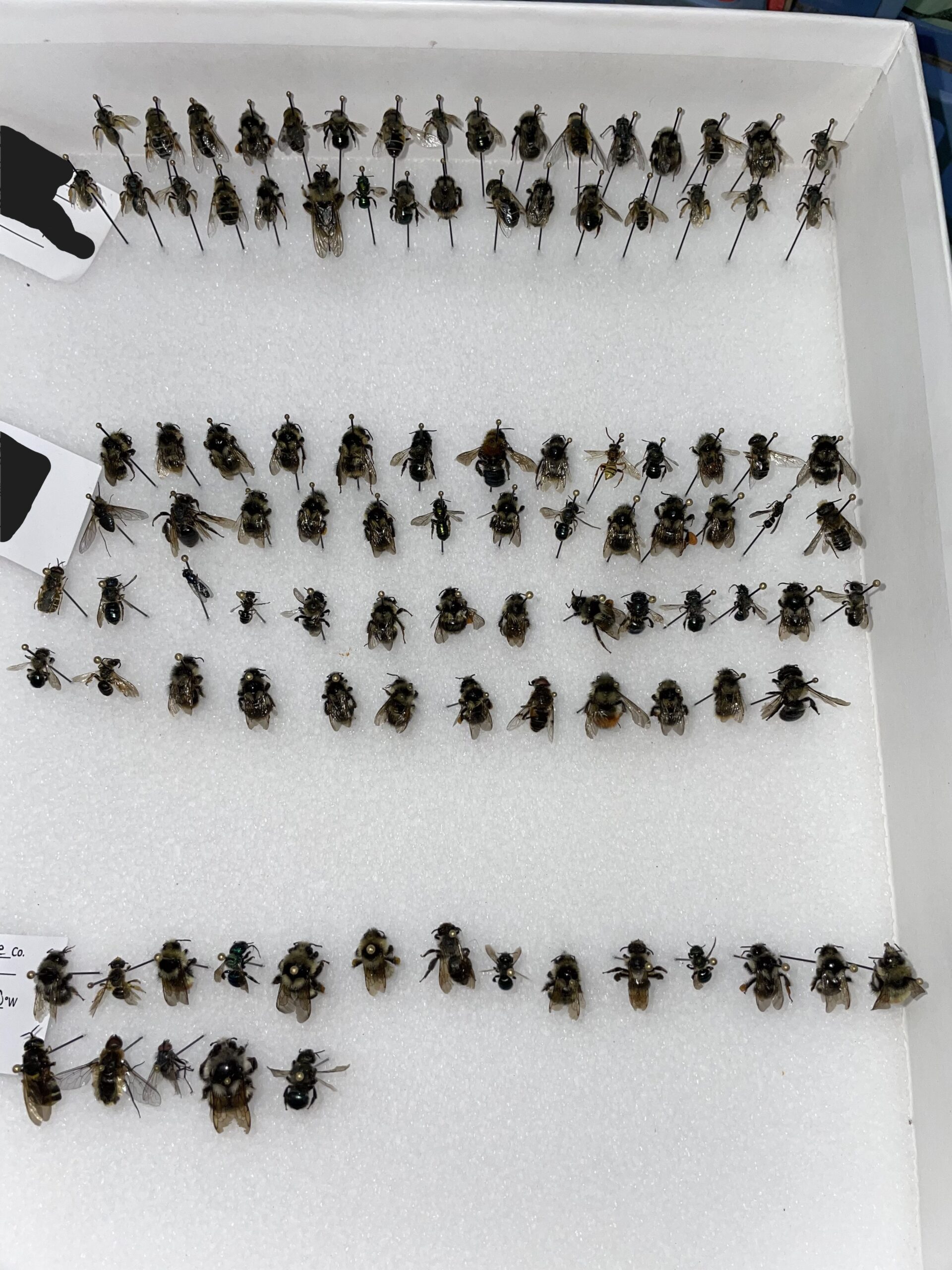
Seed collection began to pick up toward the end of the month, when we were able to make three collections of Poa secunda. Grass ID is tedious, and there was a bit of a learning curve, but our seed populations seem to be high quality. Since pictures of grass are a bit bland, I decided to include some cool things below that we found along the way while looking for seed populations. I was excited to hear that monotropa could be found in Beaverhead-Deerlodge but didn’t expect to be able to spot one. They tend to be hidden in forest litter, but definitely stand out with their white color. The Monotropacae are considered myco-heterotrophs, relying on parasitism on fungus for energy rather than photosynthesis. Next to that photo are some bright red lupin seed pods, a beautiful member of the Fabacae family. The last picture is of a curious grouse, who seemed to enjoy looking right back at the camera for a photoshoot.
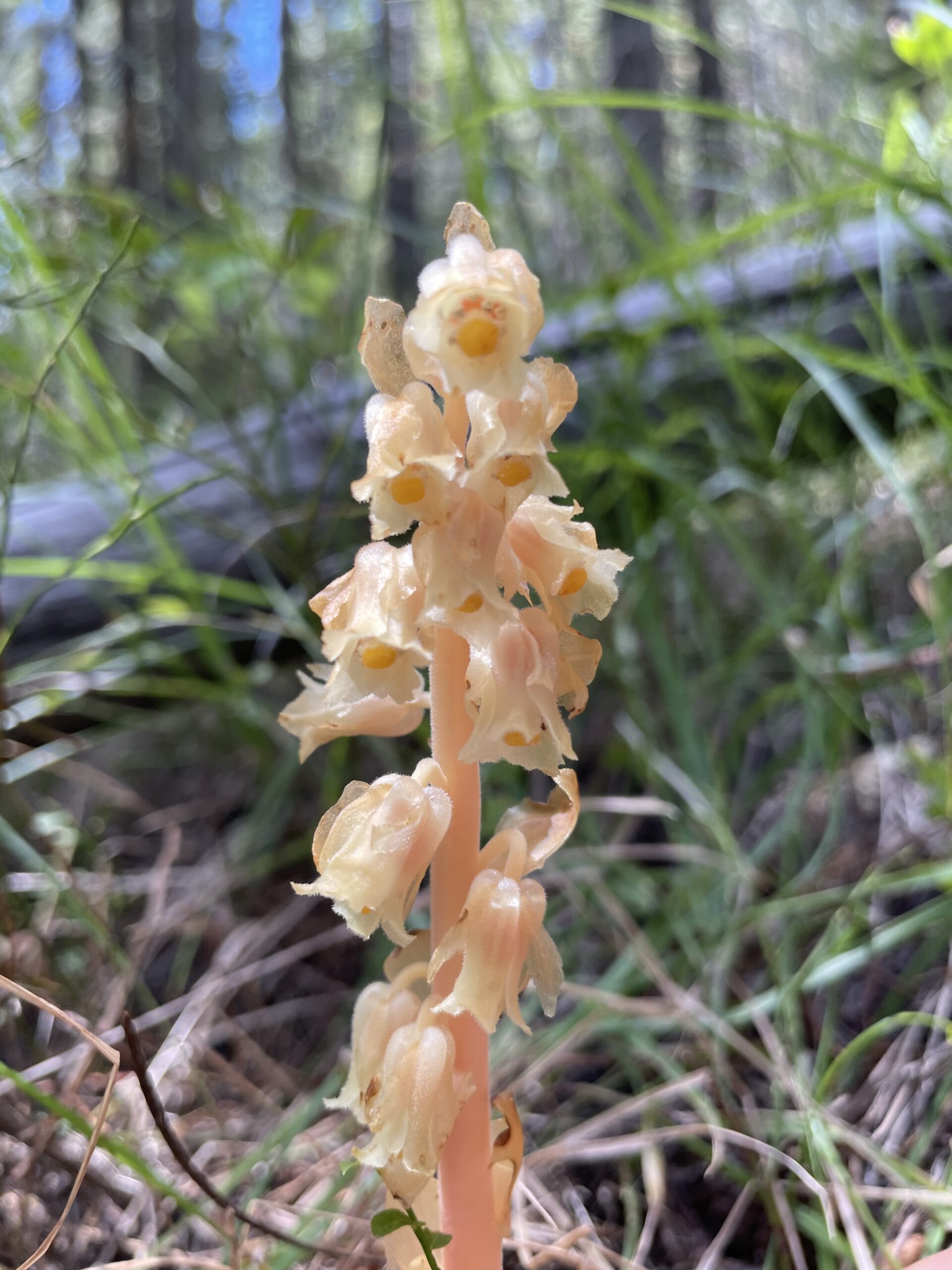
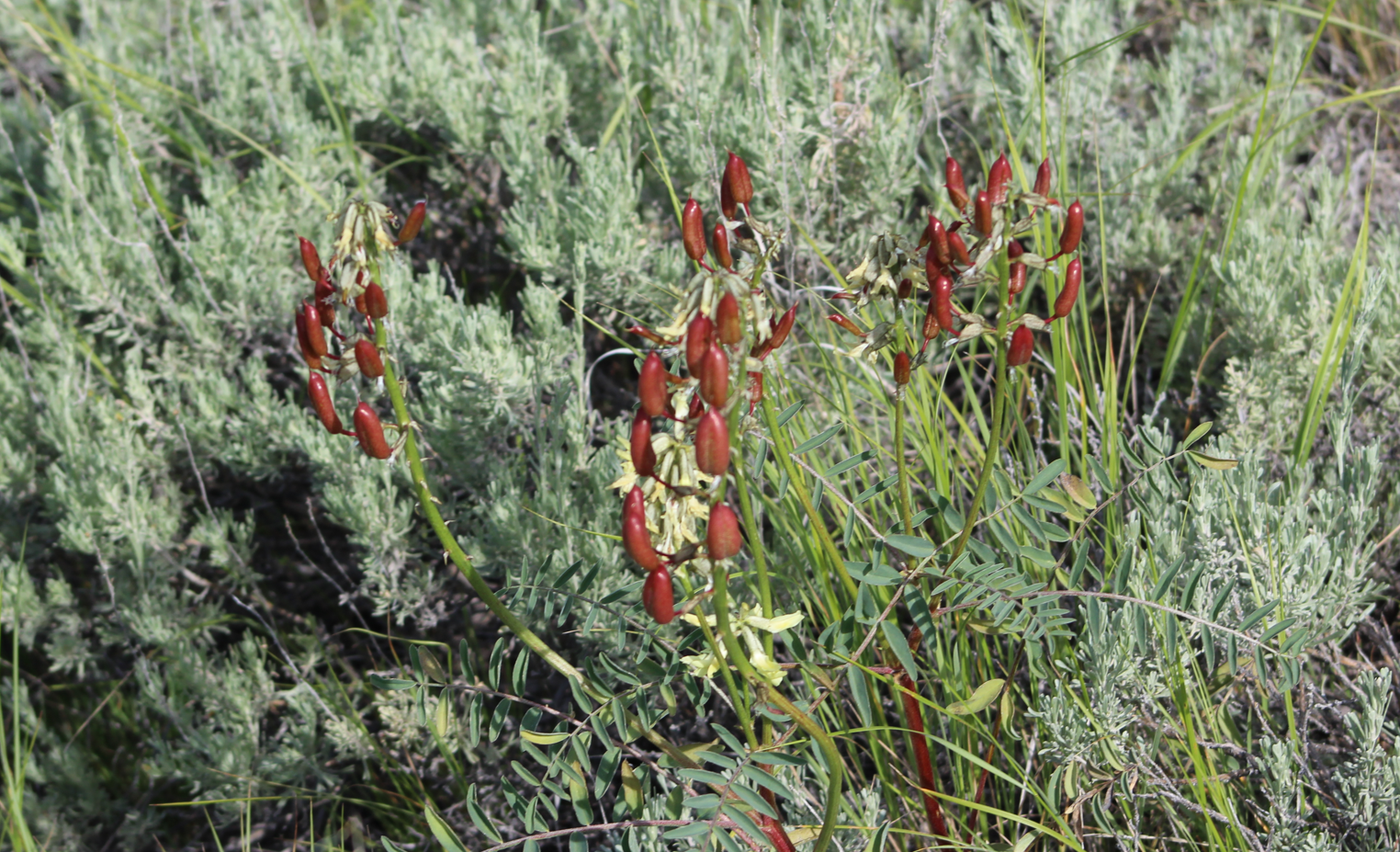
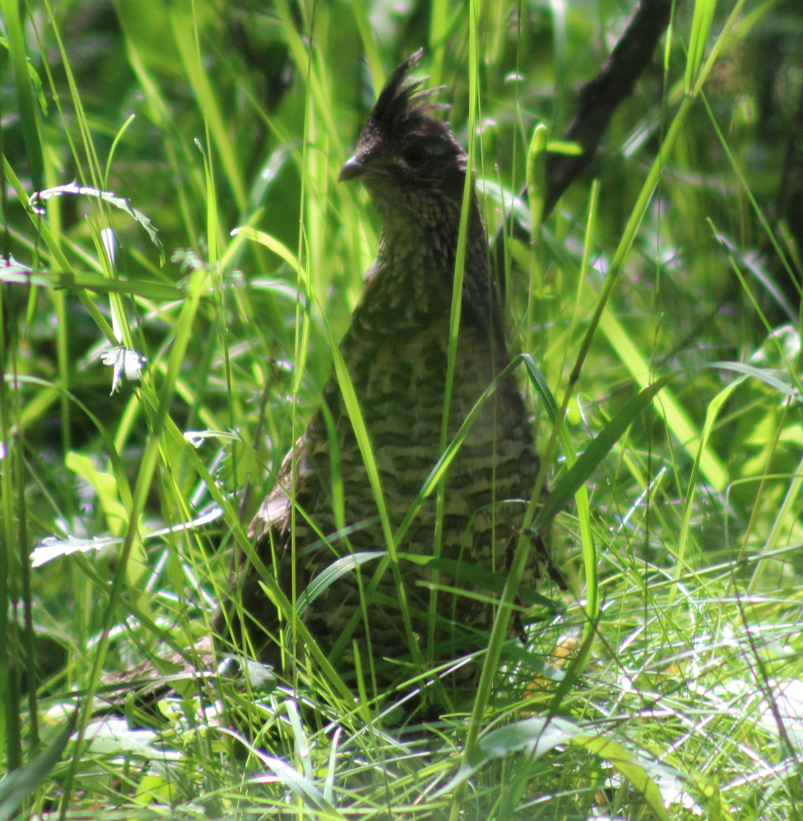
I’ve been attending as many local events as possible during my free time. A highlight this month was Bannack days, an event where the popular ghost town gets revitalized. Historic arts and crafts, fiddle players and community members came to provide a glimpse into what life may have been like during the gold rush days. It is not uncommon to see similar prospecting sites on forest service land on our way out to our survey sites.
